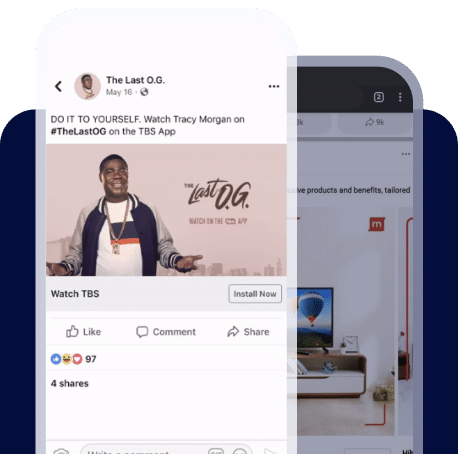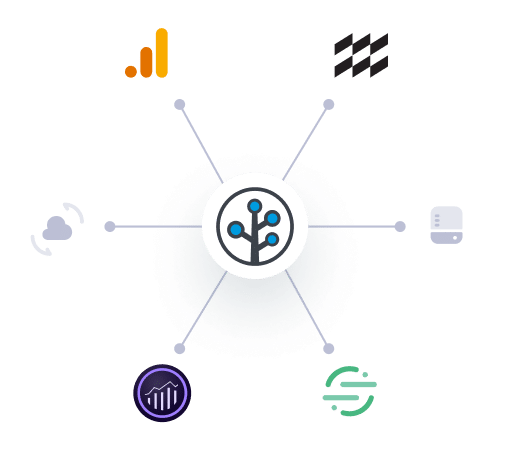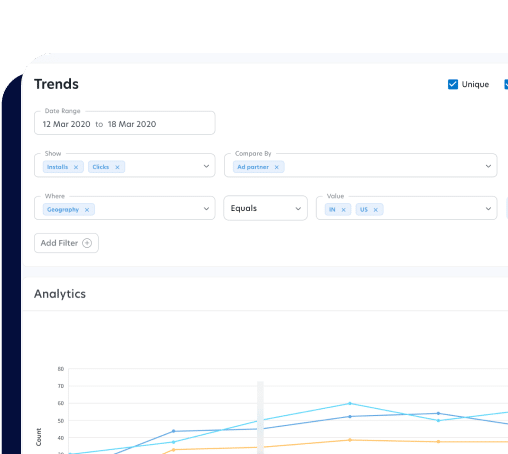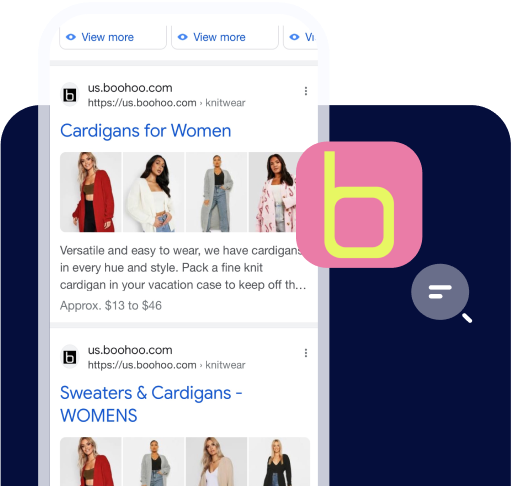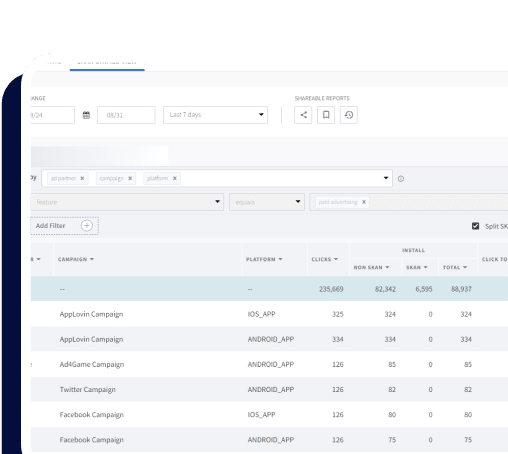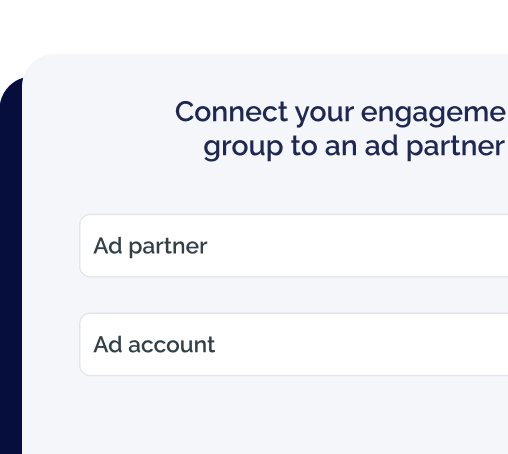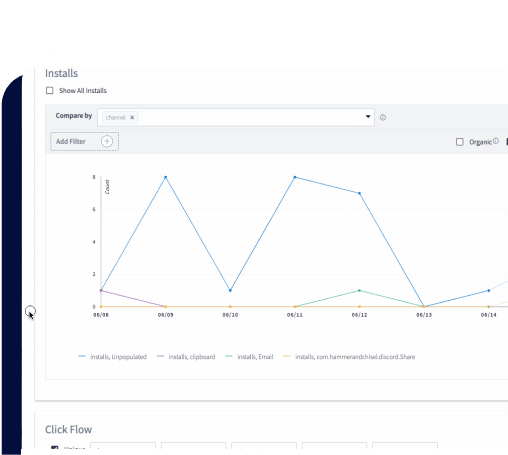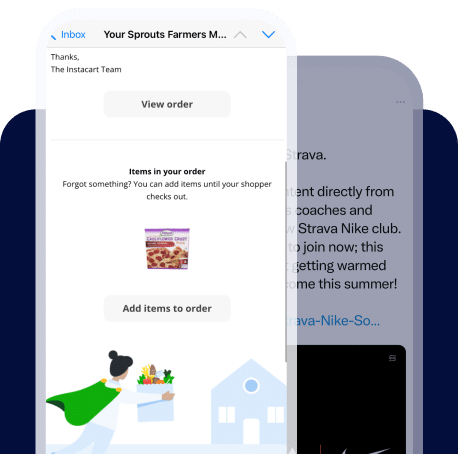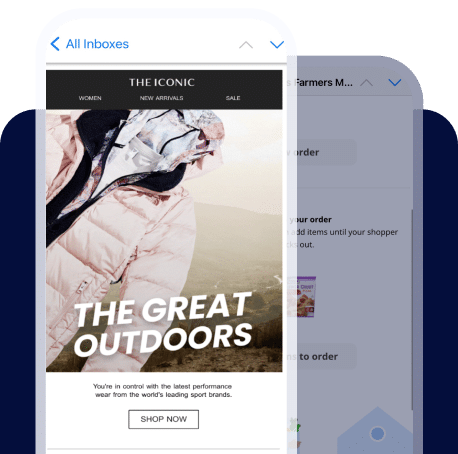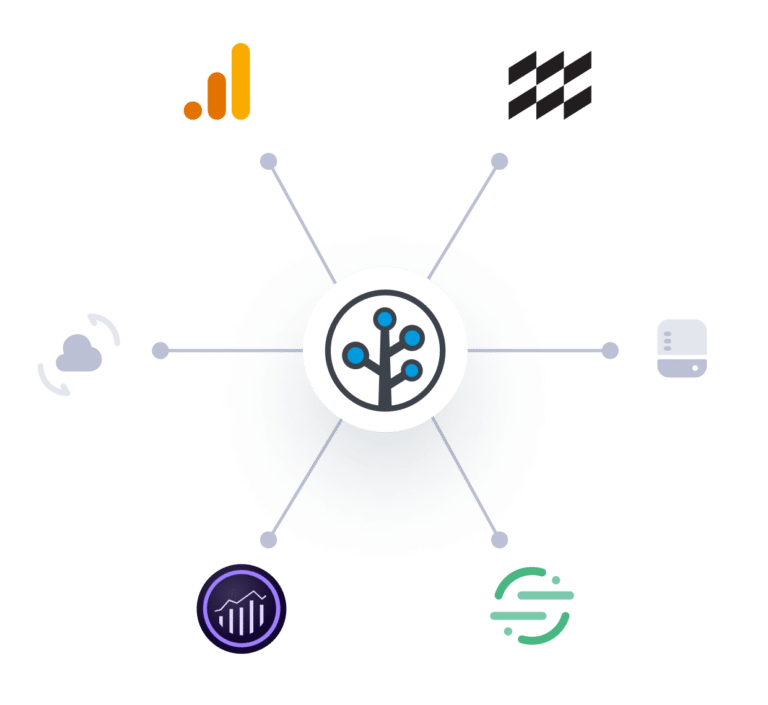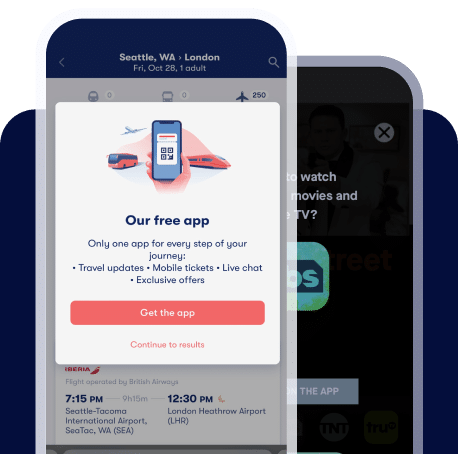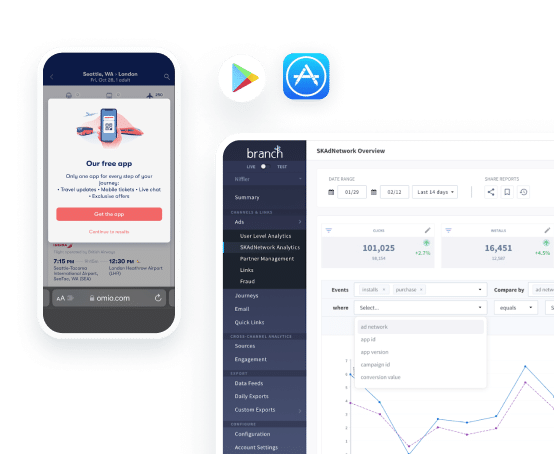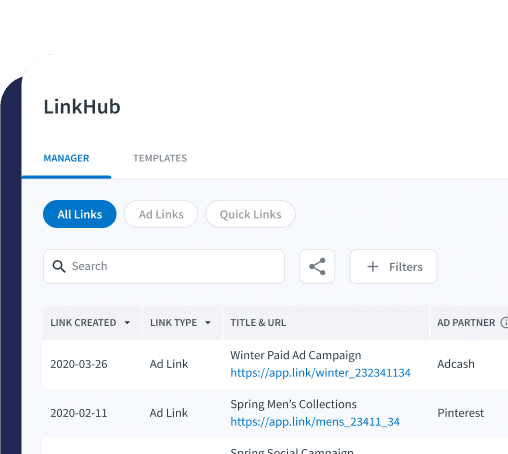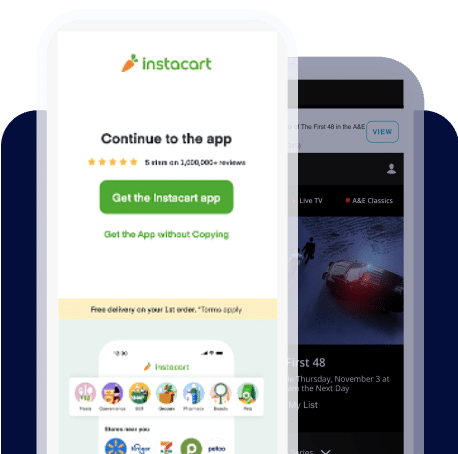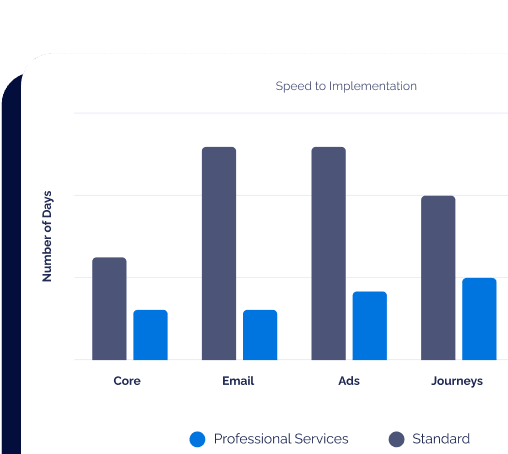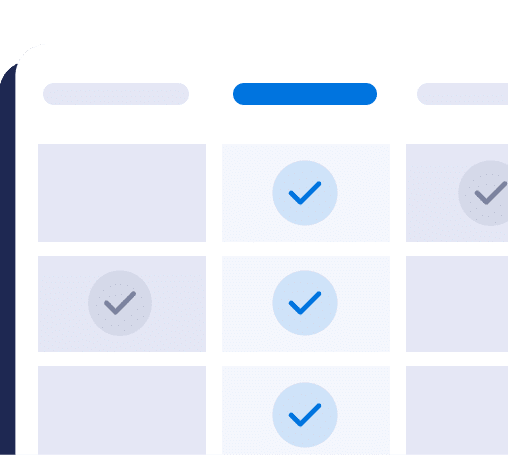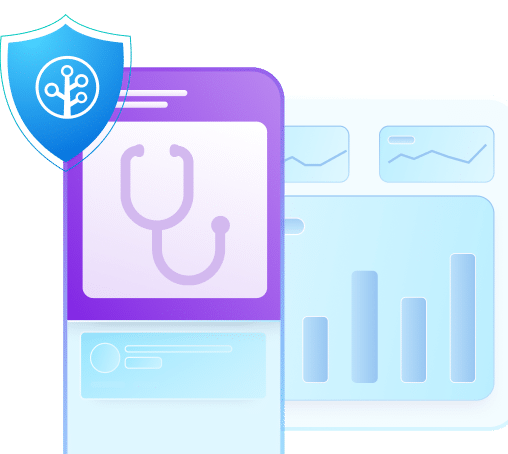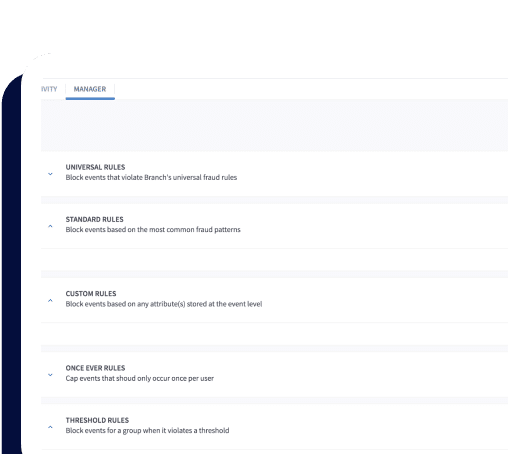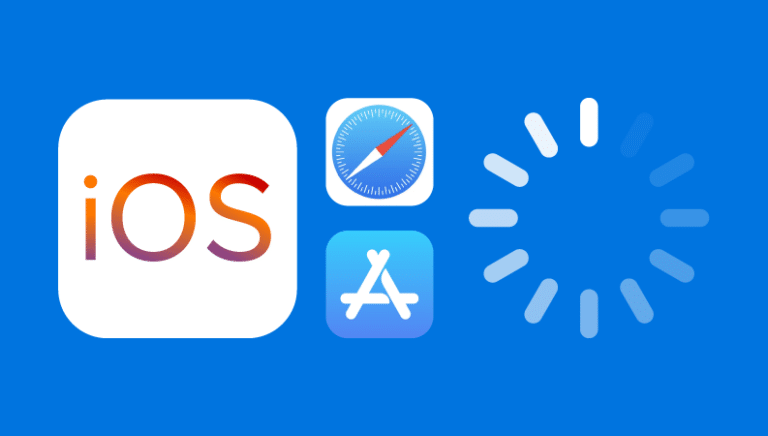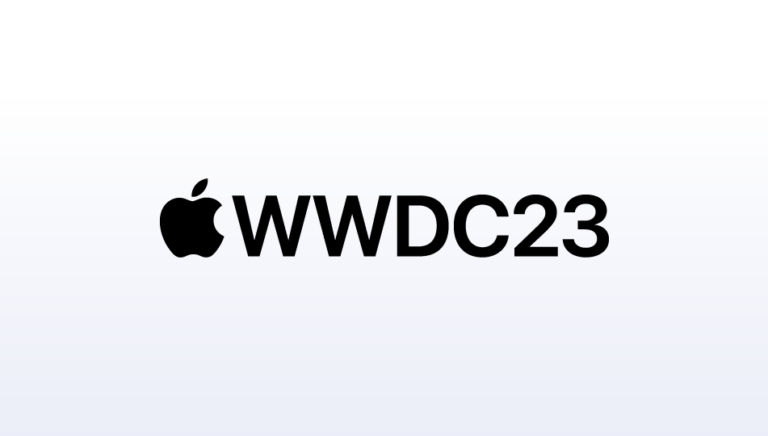What is a data clean room?
A data clean room serves as a secure environment where companies aggregate, anonymize, and analyze first-party data from multiple sources to derive insights while ensuring user privacy. These privacy-compliant spaces enable advertisers and publishers to utilize data insights for ad campaign targeting, performance measurement, and attribution analysis, all while safeguarding user-level data.
How do data clean rooms work?
Data clean rooms allow companies to upload their first-party data, which is then matched and analyzed with data from other sources within the clean room. This process enables targeted advertising campaigns and performance measurement without the use of individual identifiers or personally identifying information (PII). The most common use case is between advertising providers and publishers to analyze overlapping user data.
Here’s how the process works:
- Data upload: Advertisers and publishers transfer their first-party data to a secure data clean room.
- Data processing: Next, the platform cleans and processes the data using privacy-protection techniques, such as pseudonymization and encryption. Once processed, the platform analyzes the data to match users or create cohorts with similar attributes.
- Activation: Advertisers and publishers analyze reports generated by the data clean room to fine-tune their campaigns. These reports provide insights into audience behavior, such as click-through rates across different demographic segments. In theory, these reports help advertisers and publishers make real-time adjustments to improve campaign performance.
What are the benefits?
Data clean rooms offer a fundamental advantage: They prioritize data privacy. As privacy laws evolve and the deprecation of third-party cookies approaches, data clean rooms have become an even hotter topic of conversation. They provide a privacy-safe environment for brands to leverage combined data, enabling audience and customer behavior analysis, targeted advertising, and campaign performance measurement. By aggregating and anonymizing data within a clean room environment, brands can protect sensitive user information and ensure compliance with privacy regulations like the General Data Protection Regulation (GDPR).
Plus, data uploaded to a clean room stays within the platform, ensuring that data owners maintain complete control. This reduces the risk of misuse and fosters stakeholders’ trust in data security and privacy.
What are the drawbacks?
Despite their benefits, data clean rooms also pose challenges and limitations. One drawback is the potential decrease in the accuracy of aggregated data compared to user-level data. While privacy measures are essential for protecting user information, data aggregation can affect the precision of targeting and measurement efforts. Similarly, if organizations are reluctant to share their first-party data in clean room ecosystems, it severely limits the insights available to advertisers and publishers.
Another challenge is that brands must unify data before uploading it to the clean room platform. In other words, they have to ensure that data from different sources is standardized and structured consistently. This is a major headache, often requiring significant effort and resources. To make matters worse, the lack of universal standards for data clean room setups creates interoperability and compatibility issues across different platforms and vendors. As a result, brands may struggle to integrate data from multiple clean room sources and consolidate insights.
Data clean rooms in the wild
While not new technology, brands across various industries are increasingly adopting data clean rooms to navigate the digital advertising landscape. Retail companies like Hershey’s are investing in these platforms to gain deeper insights into advertising effectiveness and consumer behavior. By establishing its own data clean room, Hershey’s can analyze data from other retail partners, enabling it to optimize loyalty programs, assess the impact of advertising campaigns, and refine its marketing strategies. Other major players like Unilever utilize data clean rooms to address cross-platform measurement challenges, integrating and analyzing data from multiple sources within controlled environments.
And data clean rooms are not limited to retail and consumer goods industries. Even companies in the media and entertainment industries, like Disney, have embraced this technology, enabling advertisers to access valuable audience insights from anonymized data sets.
